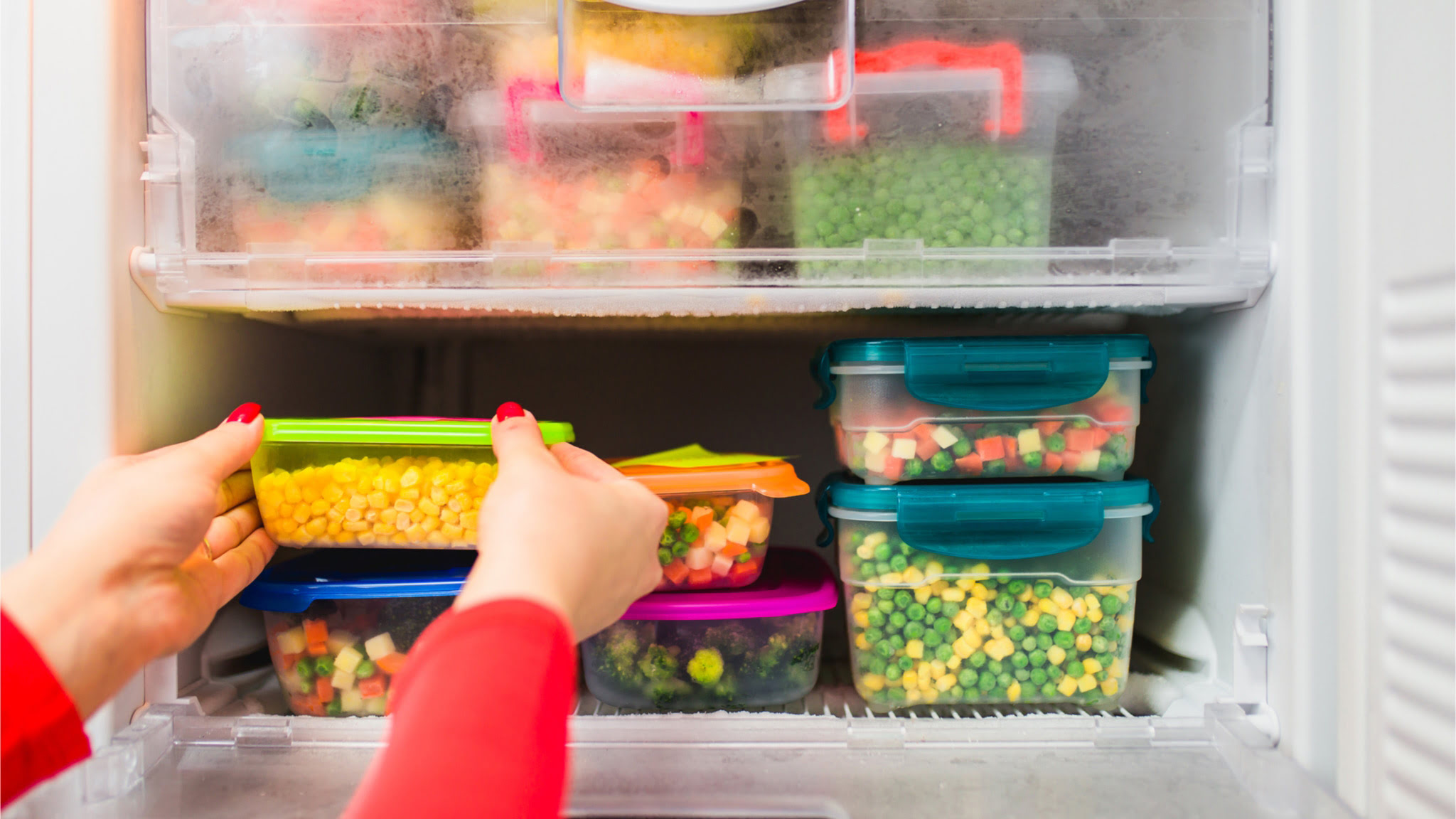

Articles
How To Store Food In Freezer
Modified: January 18, 2024
[Articles] Learn the best methods for storing food in your freezer to maintain freshness and maximize storage space. Find tips and tricks for organizing and preventing freezer burn.
(Many of the links in this article redirect to a specific reviewed product. Your purchase of these products through affiliate links helps to generate commission for Storables.com, at no extra cost. Learn more)
Introduction
Proper food storage is essential for maintaining the quality, freshness, and safety of your ingredients. When it comes to preserving food, the freezer is a valuable tool that can help extend the shelf life of various items. Freezing food not only slows down the growth of bacteria but also locks in flavors and nutrients, allowing you to enjoy your favorite foods even months after purchase.
In this article, we will explore the importance of proper food storage in the freezer, discuss different container options for freezer storage, provide tips on preparing food for freezing, and offer insights on labeling and organizing frozen food. We will also share strategies for maximizing freezer space, managing temperature, and defrosting efficiently. Whether you are a novice or an experienced home cook, these tips will help you make the most out of your freezer and prevent unnecessary food waste.
So, let’s dive into the world of freezer storage and discover how you can store your food like a pro!
Key Takeaways:
- Proper freezer storage preserves taste, reduces waste, and saves money. Label, organize, and maximize space for efficient and convenient food storage.
- Regular defrosting and temperature management are essential for maintaining freezer efficiency and food quality. Address FAQs to ensure safe and optimal freezing.
Read more: How To Store Rhubarb In Freezer
Importance of Proper Food Storage in the Freezer
Proper food storage in the freezer is vital for several reasons. Firstly, it helps to preserve the taste, texture, and nutritional value of the food. Freezing slows down the chemical reactions that cause food to spoil, preserving the flavors and nutrients. This means that you can enjoy fruits, vegetables, meats, and other perishable foods at their peak freshness even months later.
Secondly, proper freezer storage prevents food waste. Statistics show that a significant amount of food is wasted each year due to improper storage and spoilage. By freezing food correctly, you can extend its shelf life and reduce the chances of it ending up in the trash. This not only saves you money but also helps to reduce your environmental impact.
Another benefit of proper freezer storage is convenience. By freezing meals or ingredients ahead of time, you can have ready-made meals on hand whenever you need them. This is especially useful for busy individuals or families who want to save time on meal prep. Simply defrost and reheat, and you have a quick and easy meal without compromising on taste or quality.
Moreover, proper food storage in the freezer allows you to take advantage of sales, discounts, and bulk purchases. When you freeze perishable items like meat or produce, you can buy in bulk when prices are low and store them for future use. This can lead to significant savings over time and ensure that you always have a well-stocked freezer for your culinary endeavors.
Lastly, proper freezer storage helps to reduce the risk of foodborne illnesses. Freezing prevents the growth of bacteria, which can cause food poisoning if ingested. By following the correct guidelines for freezing and thawing food, you can ensure that your meals are safe and free from harmful bacteria.
In summary, proper food storage in the freezer is important for preserving taste and nutrition, reducing food waste, providing convenience, saving money, and maintaining food safety. Now that we understand the importance, let’s explore the various container options for freezer storage.
Choosing the Right Containers for Freezer Storage
When it comes to freezing food, choosing the right containers is crucial. The container you select should be able to withstand low temperatures without cracking or breaking, should be airtight to prevent freezer burn, and should be easy to stack and organize in the limited space of your freezer.
Here are some container options that are ideal for freezer storage:
- Plastic Freezer Bags: These are a popular choice for freezing individual portions of food. Freezer bags are flexible, making them easy to stack and store. It is important to choose bags specifically designed for freezing as they are thicker and more durable. Be sure to squeeze out as much air as possible before sealing to prevent freezer burn.
- Plastic Freezer Containers: These sturdy and stackable containers are available in various sizes and shapes. Look for containers that are made from BPA-free materials and have airtight lids to maintain the quality of the food. Freezer containers are ideal for storing soups, stews, sauces, and leftovers.
- Glass Containers: Glass containers are a great alternative to plastic, especially if you prefer a more eco-friendly option. They are durable, free from chemicals, and can go from freezer to oven. Look for containers with airtight lids to prevent moisture loss and freezer burn. Glass containers are perfect for storing casseroles, baked goods, and pre-prepped meals.
- Aluminum Foil: Aluminum foil is a versatile option for wrapping food before freezing. It is ideal for wrapping individual portions of meat or vegetables. Make sure to wrap the food tightly and label with the contents and date. Foil-wrapped items can be easily stacked and take up less space in the freezer.
- Ice Cube Trays: Ice cube trays aren’t just for making ice. They can also be used to freeze small portions of sauces, stocks, purees, or herbs. Once frozen, transfer the contents to a labeled freezer bag for easy storage and access.
Remember to label all containers with the contents and date before placing them in the freezer. This will help you keep track of what’s inside and ensure that you use the oldest items first.
Now that you know the various container options available, let’s move on to the next step: preparing food for freezer storage.
Preparing Food for Freezer Storage
Properly preparing food before freezing is essential to maintain its quality and ensure safe consumption. Here are some tips to help you prepare your food for freezer storage:
- Cooling: Allow hot food to cool completely before freezing. Placing hot food directly in the freezer can raise the temperature and affect the quality of other items already stored. It is best to cool the food in the refrigerator first, and then transfer it to the freezer.
- Portioning: Divide large quantities of food into smaller portions before freezing. This allows for easier thawing and reduces the risk of wasting food. Portioning is particularly useful for meal prepping or freezing individual servings.
- Wrap and Seal: Use appropriate packaging materials to wrap or seal the food. For items like meat or fish, tightly wrap them in plastic wrap or place them in freezer bags to prevent freezer burn and maintain moisture. For liquids or soups, leave some space at the top of the container to allow for expansion during freezing.
- Remove Excess Air: Whether using plastic bags or containers, try to remove as much air as possible before sealing. This helps to prevent freezer burn and maintain the quality of the food. You can use a straw to suck out the air from plastic bags or press down on the food to remove air from containers.
- Labeling: It is crucial to label each package with the contents and the date of freezing. This will help you keep track of how long the food has been in the freezer and ensure that you use the oldest items first.
Additionally, it can be helpful to invest in a vacuum sealer if you frequently freeze food. Vacuum-sealed packaging removes even more air from the container, providing superior protection against freezer burn and prolonging the shelf life of the food.
By following these preparation steps, you can ensure that your food is properly stored and ready to be enjoyed whenever you need it. Now that you’ve prepared your food for freezer storage, let’s move on to the next section: labeling and organizing frozen food.
Labeling and Organizing Frozen Food
Labeling and organizing your frozen food is key to maintaining an efficient and well-managed freezer. Proper labeling helps you quickly identify the contents of each package and ensures that you use the oldest items first. Here are some tips to help you label and organize your frozen food:
- Labeling: Use waterproof labels or permanent markers to clearly label each package with the contents and the date it was frozen. Be specific with your labels, including any seasoning or sauces used. This will make it easier to plan meals and avoid confusion when defrosting.
- Categorizing: Group similar items together to make it easier to find what you need. Consider separating your frozen food into categories such as meats, vegetables, fruits, pre-made meals, and baked goods. This makes it convenient when you are searching for specific items or planning meals.
- Stacking and Storing: Utilize the space in your freezer by stacking containers and utilizing freezer-safe bins or baskets. Place heavier items at the bottom and lighter, more delicate items on top. This ensures even distribution of weight and helps prevent items from being crushed.
- First-In, First-Out (FIFO): Apply the “First-In, First-Out” principle to ensure that you consume your frozen food in the order they were stored. Place the newly frozen items at the back of the freezer, pushing older items to the front. This prevents food from getting forgotten or overlooked and helps reduce food waste.
- Inventory List: Consider keeping an inventory list of the items in your freezer. You can create a simple spreadsheet or use a smartphone app to track the items, quantities, and dates. This will help you keep track of what you have and make meal planning and grocery shopping more efficient.
Remember to periodically review your freezer and discard any items that have been in storage for too long or have passed their recommended shelf life. This helps maintain a clutter-free space and ensures that you are only consuming food that is safe and of good quality.
By labeling and organizing your frozen food, you can create a well-structured freezer system that allows for easy access to your favorite ingredients and reduces the chances of food waste. Now that your frozen food is labeled and organized, let’s explore some strategies for maximizing freezer space.
To prevent freezer burn, make sure to wrap food tightly in plastic wrap or aluminum foil before placing it in the freezer. This will help to maintain the quality and flavor of the food for a longer period of time.
Read more: How To Store Guacamole In The Freezer
Maximizing Freezer Space
Space in the freezer is often limited, especially if you have a small or compact unit. However, with some strategic planning and organization, you can maximize the available space and make the most out of your freezer. Here are some tips to help you maximize freezer space:
- Utilize Vertical Space: Take advantage of the vertical space in your freezer by using stackable containers, bins, or shelves. Consider investing in freezer-safe storage bins with handles, which can be easily pulled out for access to items in the back. You can also use magazine holders or file organizers to create additional shelf space.
- Freeze Flat and Stack: Prioritize freezing items flat whenever possible. This helps to maximize the surface area in your freezer and allows for easy stacking. Lay freezer bags flat, stackable containers, or even wrapped items on top of each other, making sure to leave space for airflow around the items.
- Invest in Freezer Organization Tools: There are various tools available that can help you keep your freezer organized. Consider using wire or plastic baskets to hold smaller items or dividers to separate different categories of food. This not only helps with organization but also prevents items from getting lost or buried at the bottom of the freezer.
- Use Freezer Door Space Wisely: The door of your freezer is often the warmest area. Avoid storing highly perishable items like eggs or dairy products here. Instead, utilize the door space for items that are less affected by temperature fluctuations, such as condiments, frozen juice concentrates, or ice packs.
- Think Outside the Box: If you find yourself struggling with freezer space, consider alternative freezing methods. For example, freeze herbs in ice cube trays with a little water or oil, then transfer the frozen herb cubes to a labeled freezer bag. This allows you to save space while still preserving the flavor.
By implementing these strategies, you can make the most of your freezer space and have a well-organized freezer that is efficient and easy to use. Now that you have optimized your freezer space, it’s important to understand the importance of managing the temperature and properly defrosting your freezer.
Managing Temperature and Defrosting
Proper temperature management and regular defrosting are essential for maintaining the efficiency and longevity of your freezer. Here are some important tips to help you manage the temperature and effectively defrost your freezer:
Temperature Management:
- Keep it Consistent: Aim to maintain a constant temperature in your freezer, ideally between 0°F (-18°C) and -10°F (-23°C). Fluctuations in temperature can affect the quality of the food and may lead to freezer burn. Use a thermometer to monitor the temperature and adjust the settings as needed.
- Avoid Overfilling: While you want to maximize the use of your freezer space, it’s important not to overcrowd it. Overfilling can interfere with proper airflow and temperature distribution. Leave enough room for the cold air to circulate and make sure the vents are not blocked.
Defrosting:
- Regular Defrosting Schedule: To maintain optimal freezer efficiency, it’s essential to defrost your freezer on a regular basis. Over time, frost can accumulate, reducing the freezer’s ability to cool properly. Aim to defrost your freezer at least once every six months or as needed depending on the frost buildup.
- Plan Ahead: Before defrosting, plan your meals to consume or use up as much of the frozen food as possible. You may want to consider temporarily storing perishable items in a cooler with ice packs to ensure they stay at a safe temperature during the defrosting process.
- Remove All Contents: Start by removing all the food and placing it in an alternative freezer or cooler. Take this opportunity to declutter and organize your freezer space. Dispose of any expired, freezer-burned, or unidentifiable items.
- Turn Off and Defrost: Switch off the freezer and prop open the door to help speed up the defrosting process. Place towels or absorbent materials around the freezer to catch the water as the ice melts. Be patient and avoid using any sharp objects to scrape or chip away the ice, as this can damage the freezer interior.
- Clean and Dry: Once the ice has melted completely, use a mild detergent or a mixture of water and vinegar to clean the interior of the freezer. Wipe down all surfaces and shelves, ensuring they are dry before turning the freezer back on.
- Reorganize and Return: Once the freezer is clean and dry, reorganize the items, placing them back in an orderly manner. Make sure to rotate the older items to the front and the newly frozen items to the back, following the “First-In, First-Out” principle.
By managing the temperature and regularly defrosting your freezer, you can extend the life of your appliance, maintain food quality, and ensure efficient freezing and storage. Following these guidelines will help you make the most out of your freezer and enjoy the benefits of preserving your favorite foods.
Now that you are well-informed about managing temperature and defrosting, let’s move on to addressing some frequently asked questions about freezer storage.
Frequently Asked Questions about Freezer Storage
Freezer storage can sometimes be tricky, and you may have questions about various aspects of freezing and storing food. Here are answers to some frequently asked questions related to freezer storage:
1. Can you freeze raw meat?
Yes, you can freeze raw meat to extend its shelf life. Make sure to wrap it tightly in freezer-safe packaging to prevent freezer burn and label it with the type of meat and date of freezing.
2. How long can you keep food in the freezer?
The storage duration can vary depending on the type of food. In general, frozen foods can be kept for several months to a year. However, it is best to check specific guidelines for each food item to ensure safety and quality.
3. Can you freeze cooked food?
Absolutely! Leftovers and cooked meals can be frozen for later consumption. Allow the food to cool completely, portion it into individual servings, and store it in freezer-safe containers or bags.
4. Should you thaw food before cooking?
It is recommended to thaw most foods before cooking. Thawing in the refrigerator is the safest method and allows for even thawing. However, some smaller items can be cooked directly from frozen, such as frozen vegetables or fish fillets. Always follow specific instructions for each food item.
5. How can you prevent freezer burn?
To prevent freezer burn, make sure your food is wrapped tightly in freezer-safe packaging, removing as much air as possible. It is also essential to maintain a consistent and proper temperature in your freezer.
6. Can you refreeze thawed food?
It is generally safe to refreeze thawed food if it was thawed in the refrigerator and has been stored at a safe temperature. However, the quality may be compromised, so use your judgment and consider cooking the thawed food before refreezing.
7. Can you freeze dairy products?
Most dairy products can be frozen, but their texture may change. Hard and aged cheeses freeze best, while soft cheeses like cream cheese may become crumbly. Milk and yogurt can also be frozen, but they may separate upon thawing. It’s best to use frozen dairy products in cooked dishes rather than consuming them as-is.
8. Should you pre-cook food before freezing?
In some cases, pre-cooking food before freezing can be beneficial. It can help save time when reheating later. However, certain fruits and vegetables are usually blanched (briefly boiled) before freezing to preserve their quality.
Remember, always follow specific guidelines and recommendations for each type of food to ensure safety and optimal quality when freezing and storing.
Now that we have addressed some frequently asked questions, let’s wrap things up.
Conclusion
Proper food storage in the freezer is essential for maintaining the quality, freshness, and safety of your ingredients. By understanding the importance of freezer storage, choosing the right containers, and preparing the food correctly, you can ensure that your frozen food stays delicious and safe to consume for an extended period.
Labeling and organizing your frozen food not only helps you easily access what you need but also prevents food waste and ensures that you use the oldest items first. Maximizing freezer space through strategic stacking and utilizing vertical space allows you to make the most of the limited room available.
Managing the temperature of your freezer and regularly defrosting it are crucial for maintaining its efficiency and preventing the build-up of frost. By following the proper defrosting technique and managing the temperature consistently, you can extend the life of your freezer and preserve the quality of the food stored within it.
Finally, addressing frequently asked questions helps to clarify any doubts or concerns you may have when it comes to freezer storage, ensuring that you have the knowledge needed to successfully freeze and store a variety of foods.
Whether you are meal prepping, taking advantage of sales, or simply trying to minimize food waste, mastering freezer storage techniques is a valuable skill that can save you time, money, and effort in the kitchen. So go ahead, organize your freezer, label your packages, and enjoy the convenience of having a well-stocked freezer full of delicious meals and ingredients at your fingertips!
Frequently Asked Questions about How To Store Food In Freezer
Was this page helpful?
At Storables.com, we guarantee accurate and reliable information. Our content, validated by Expert Board Contributors, is crafted following stringent Editorial Policies. We're committed to providing you with well-researched, expert-backed insights for all your informational needs.
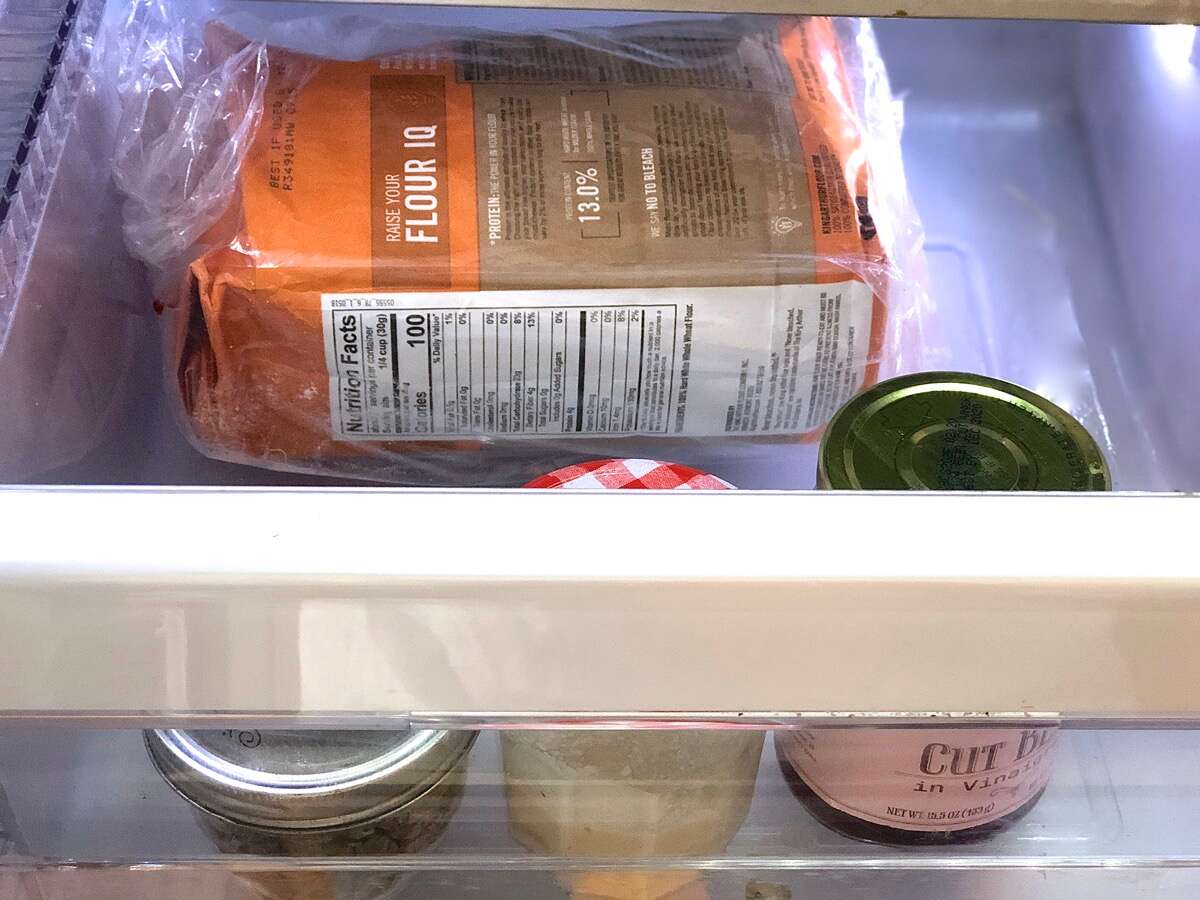
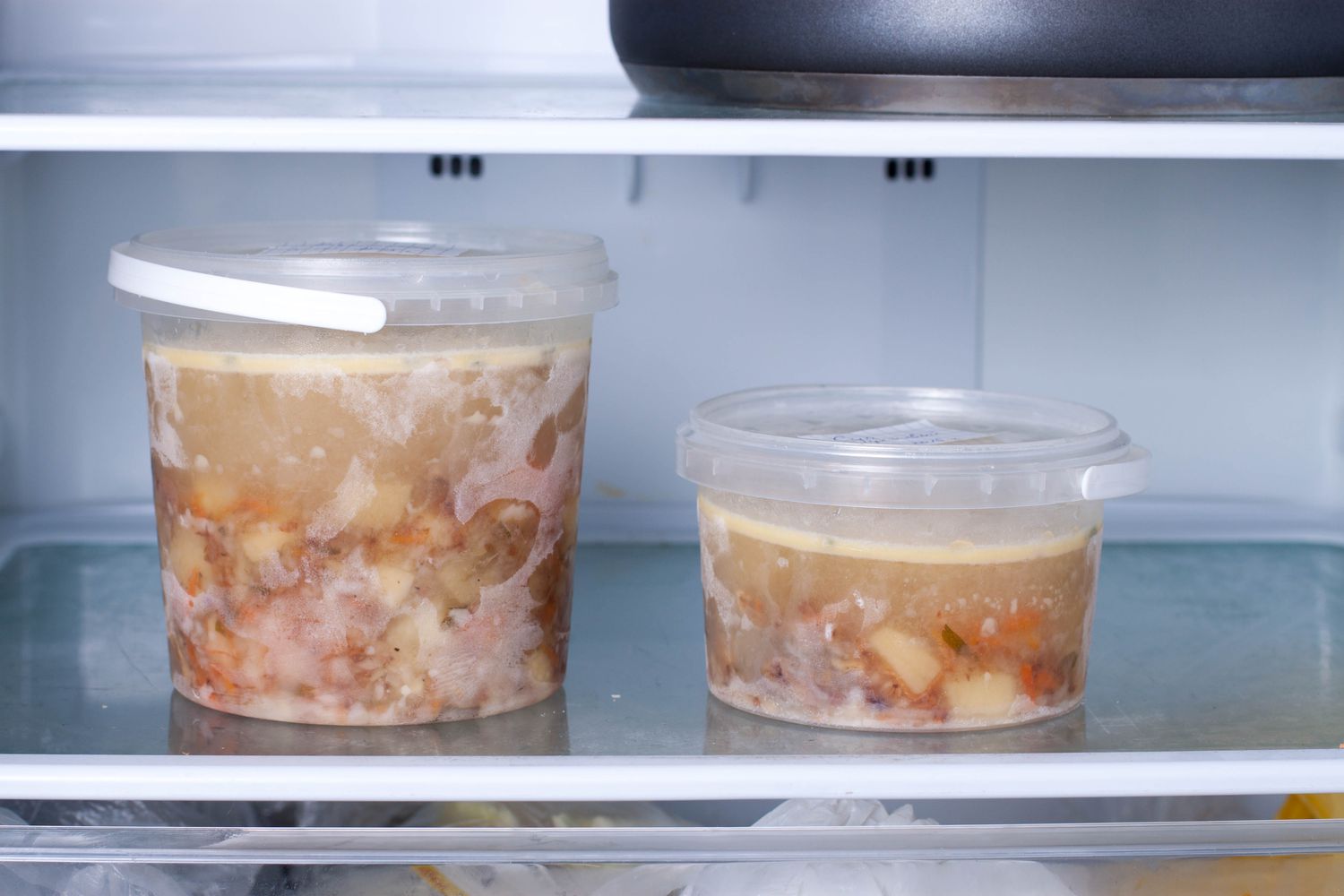
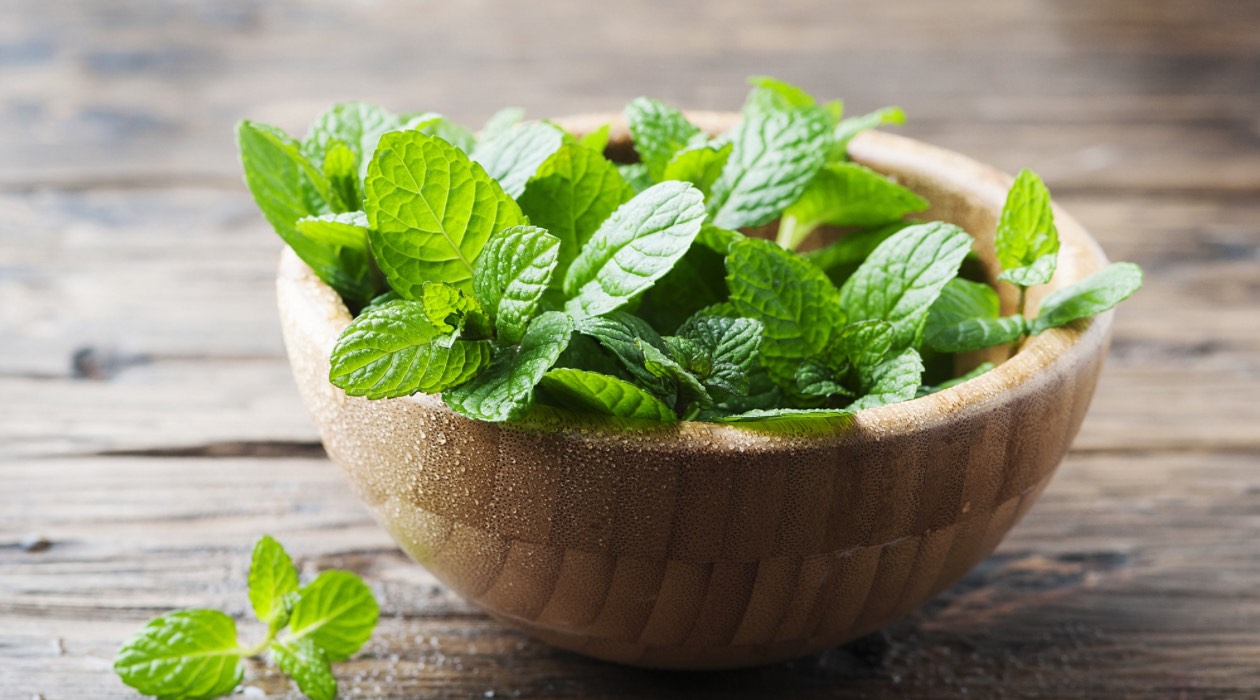

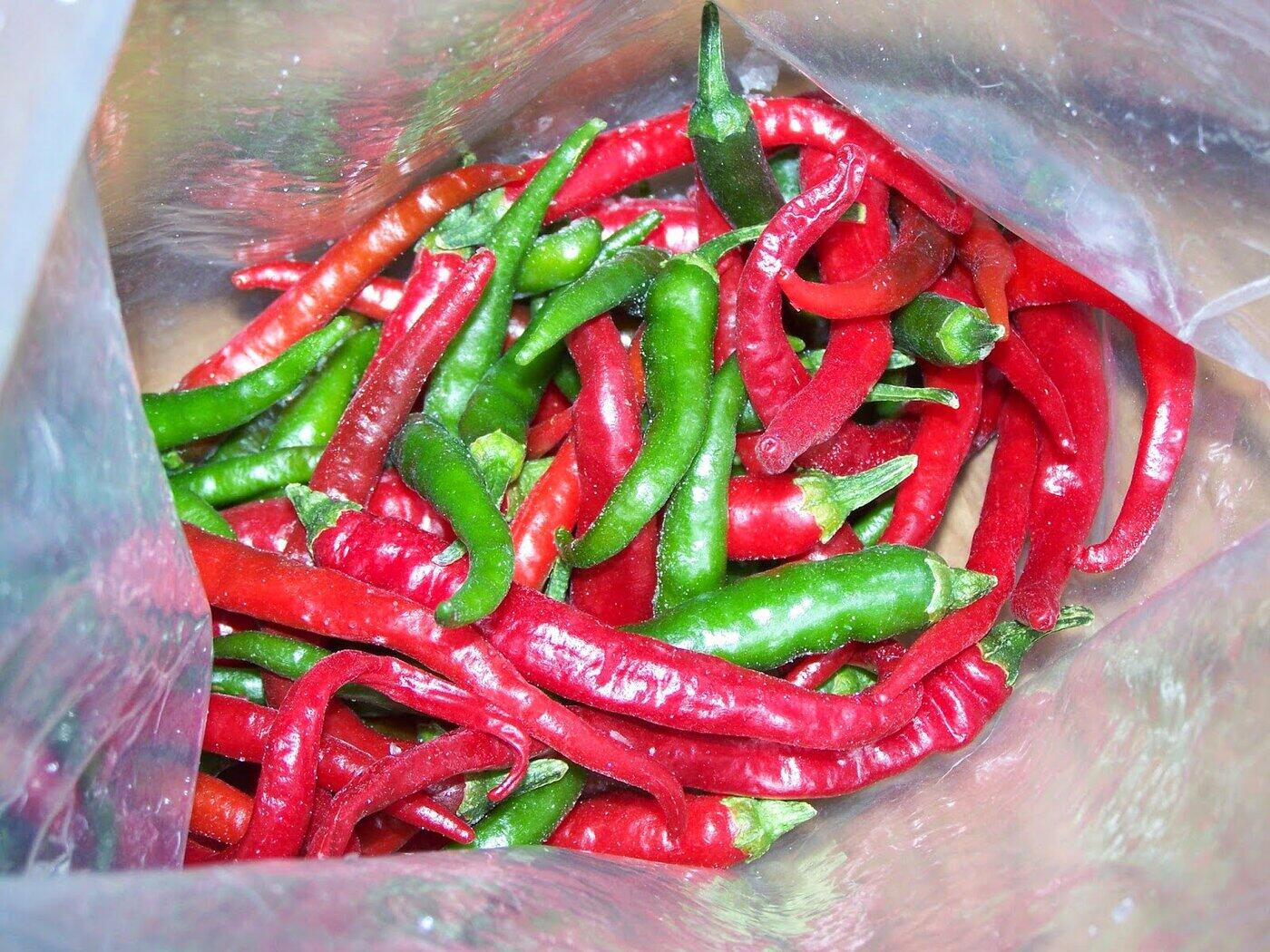
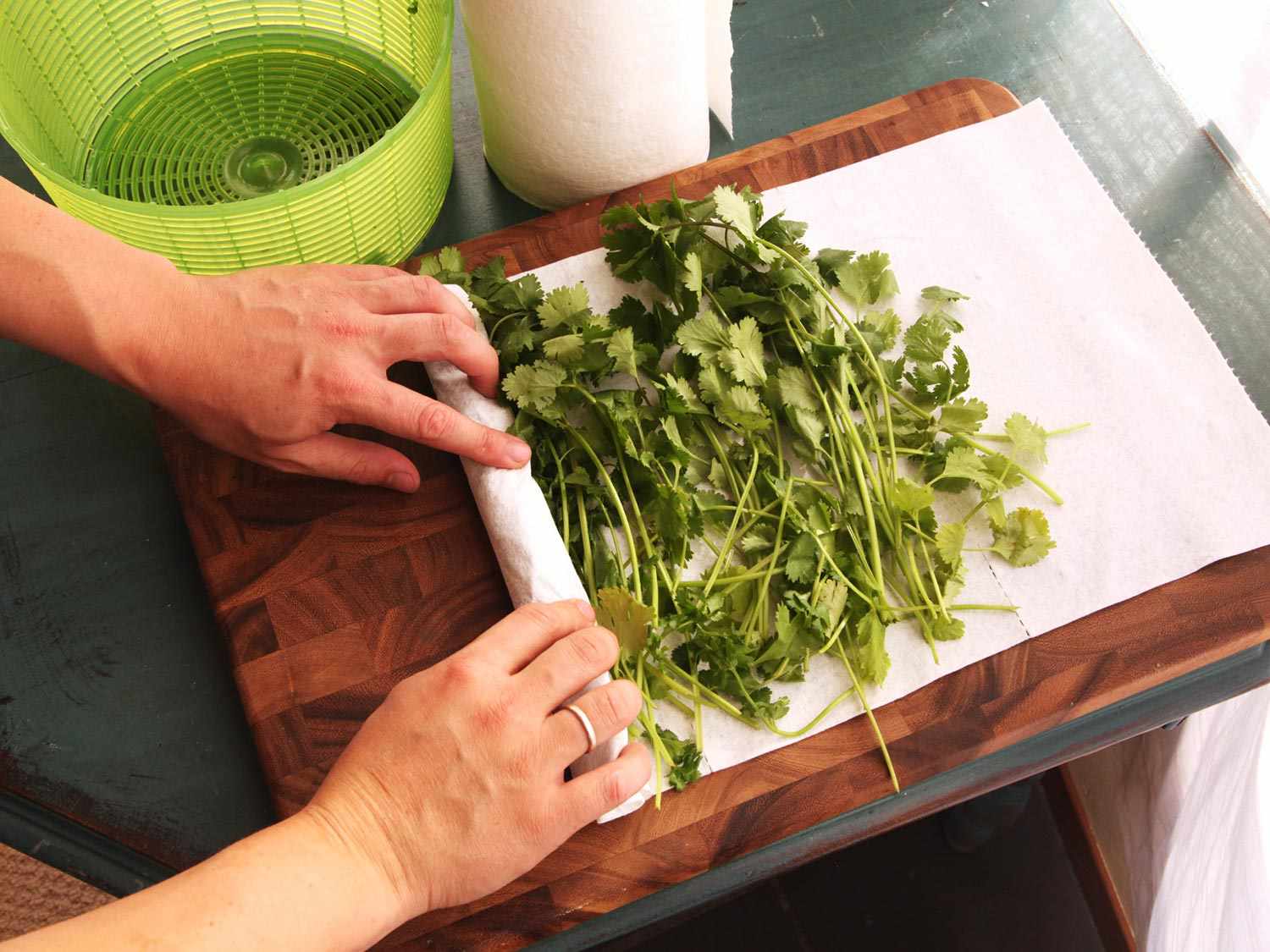
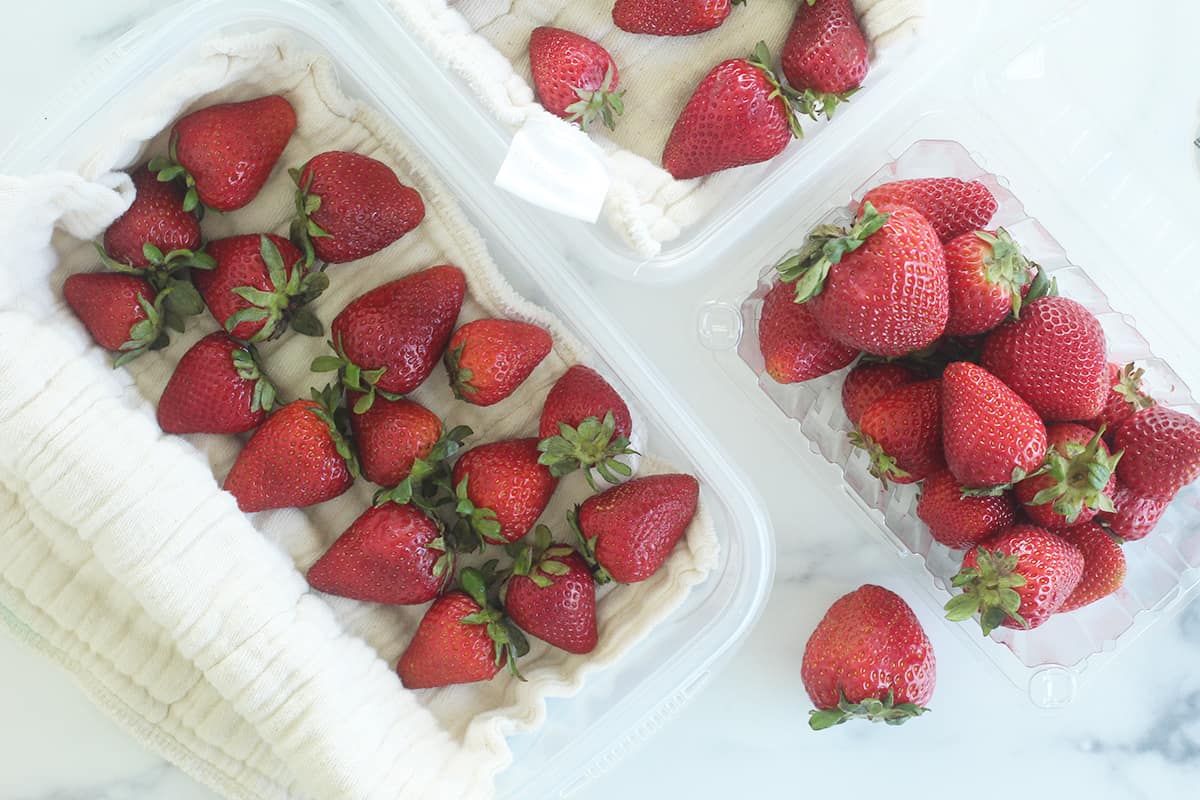
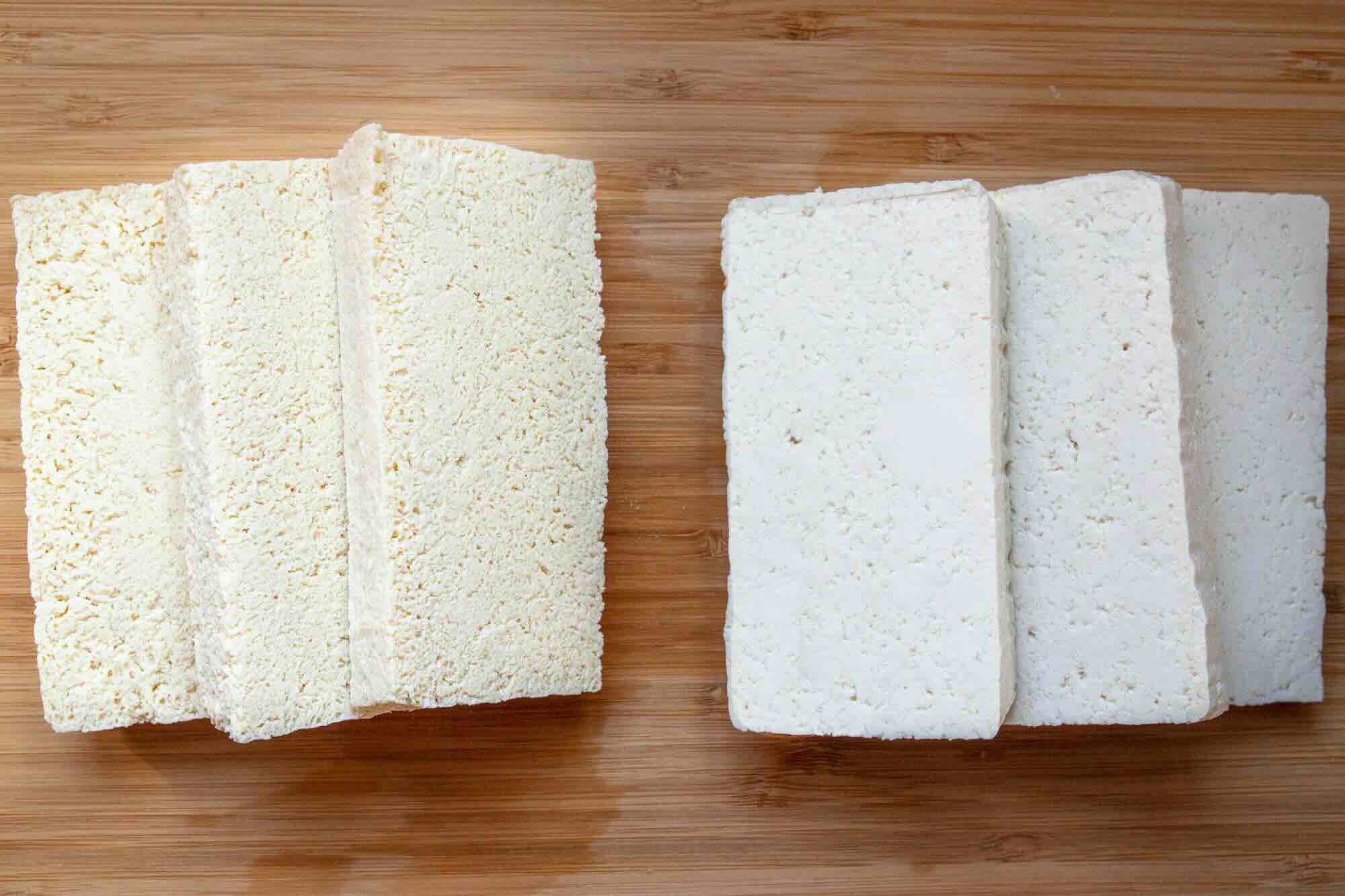
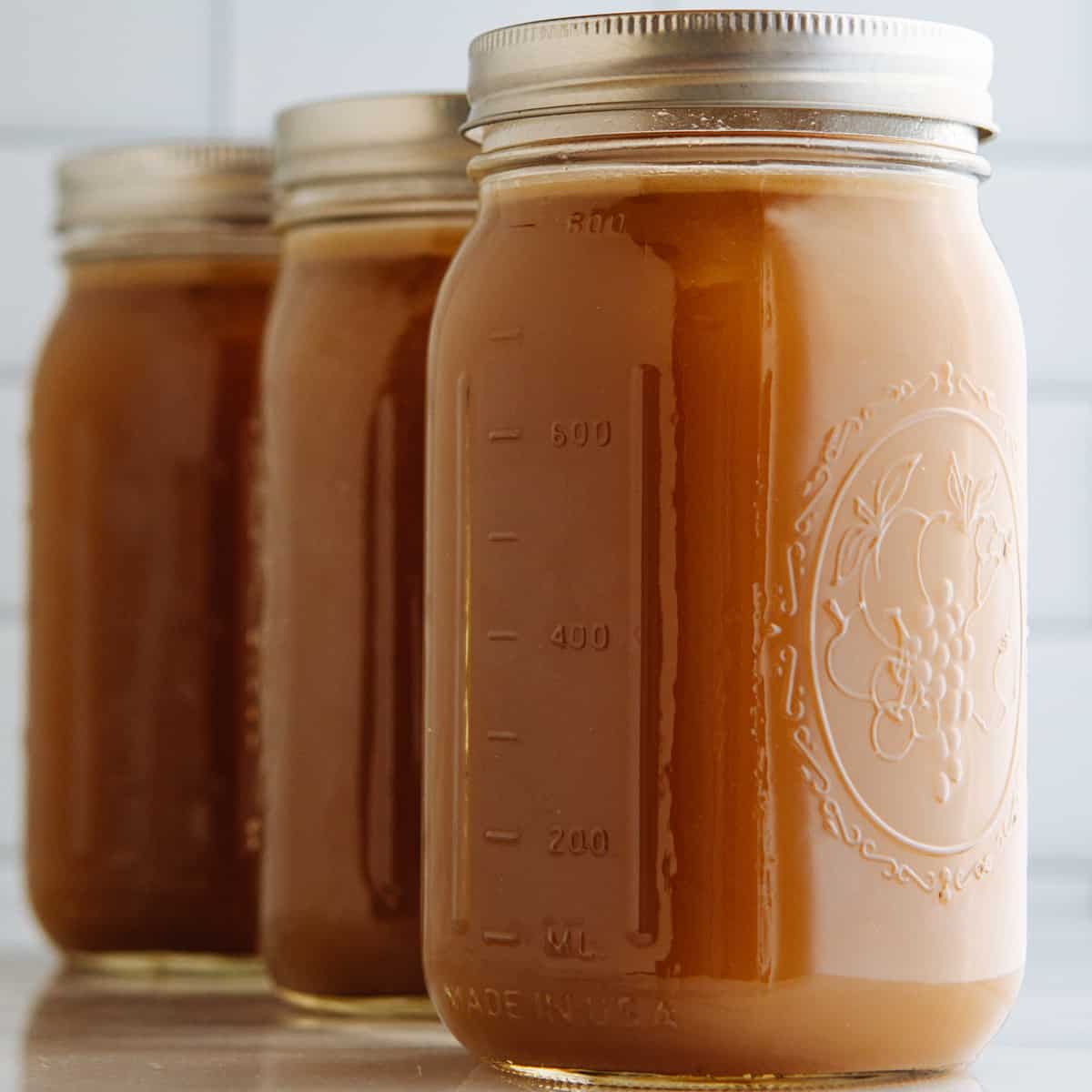
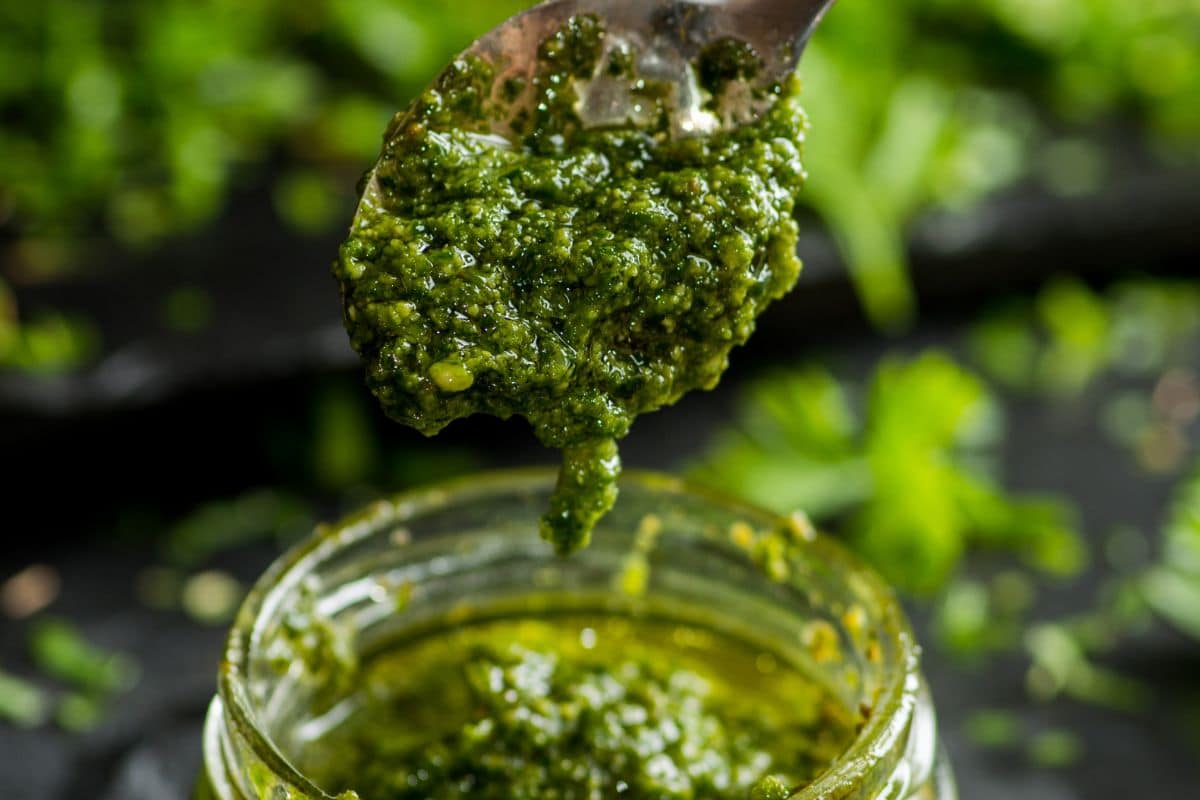
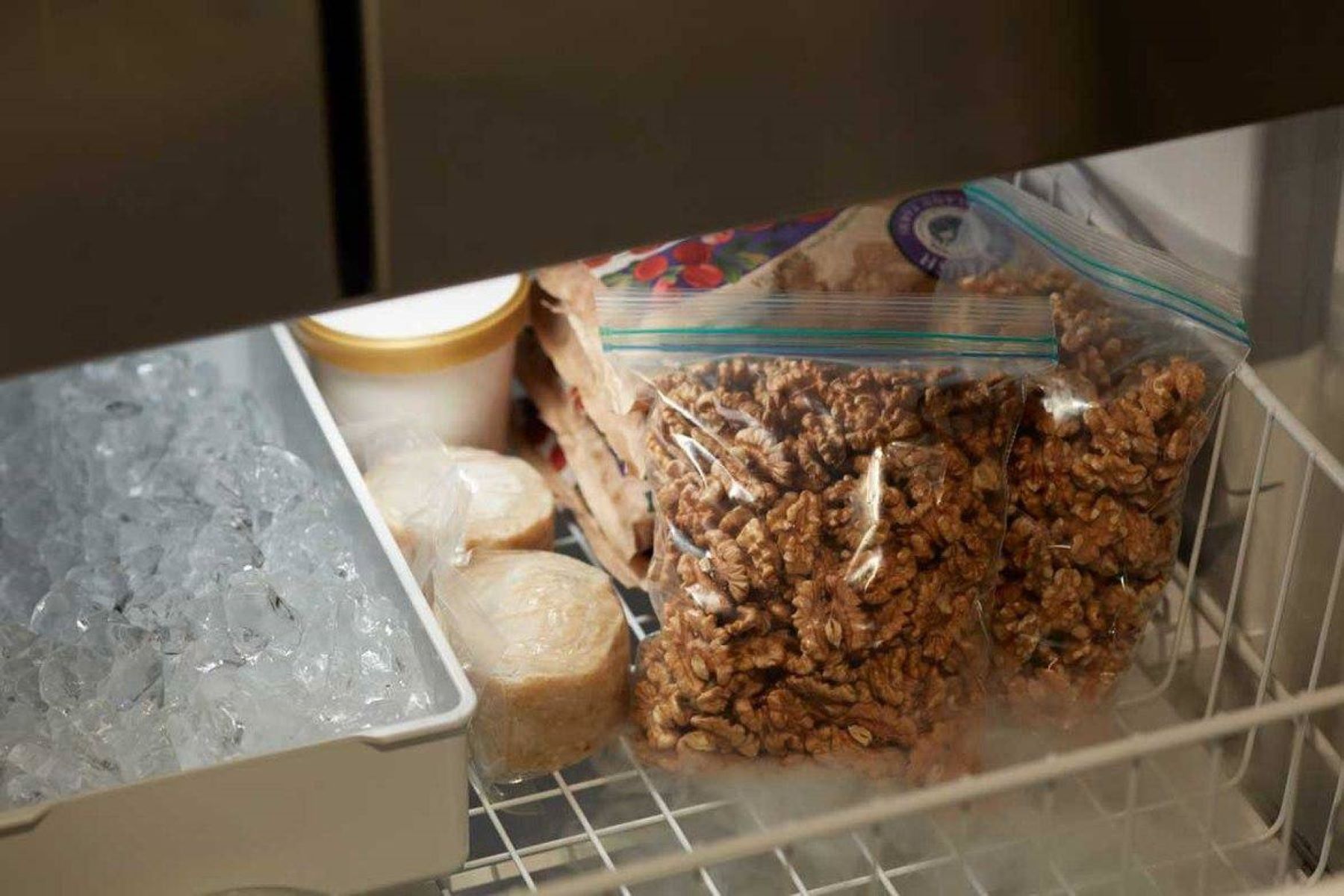
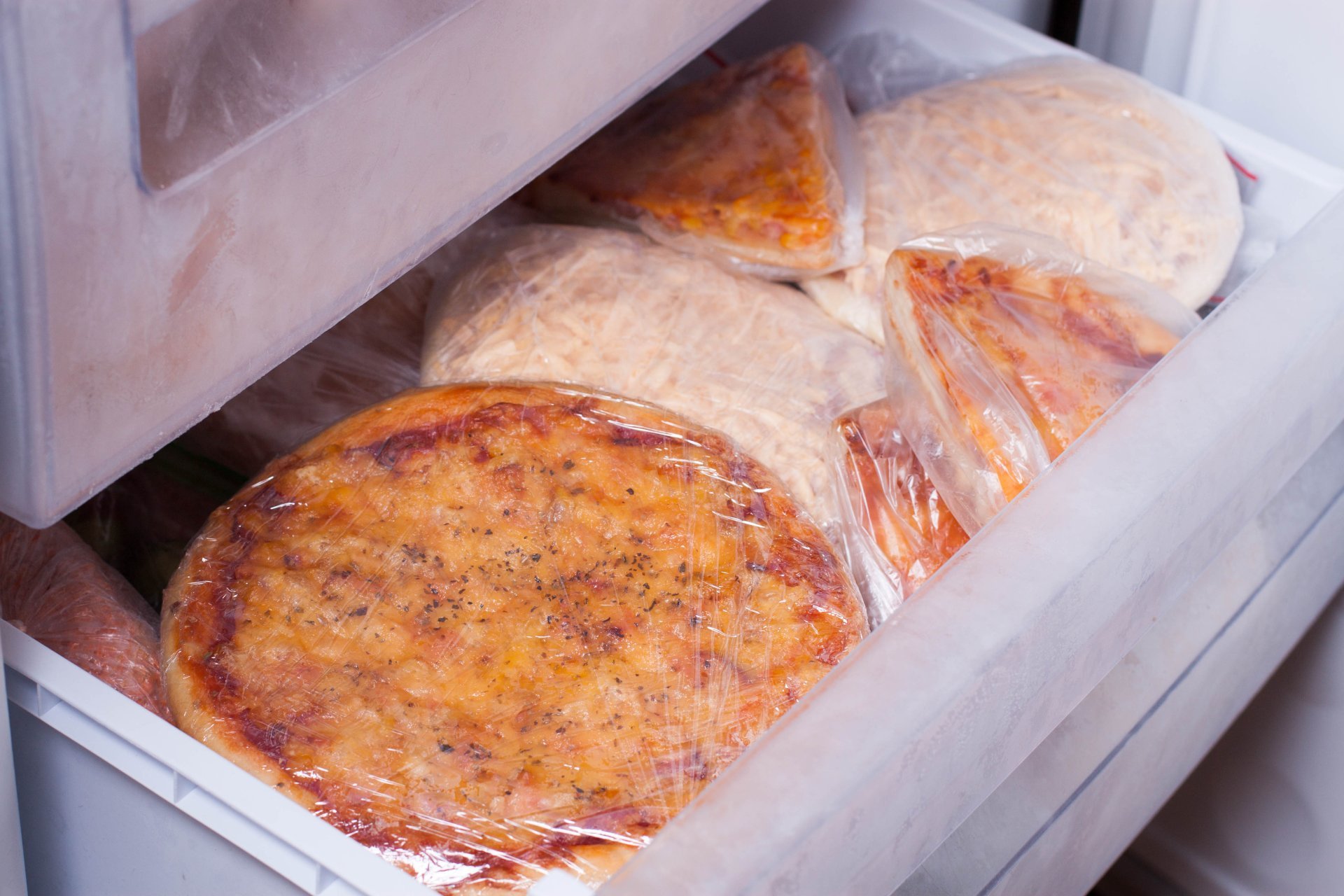
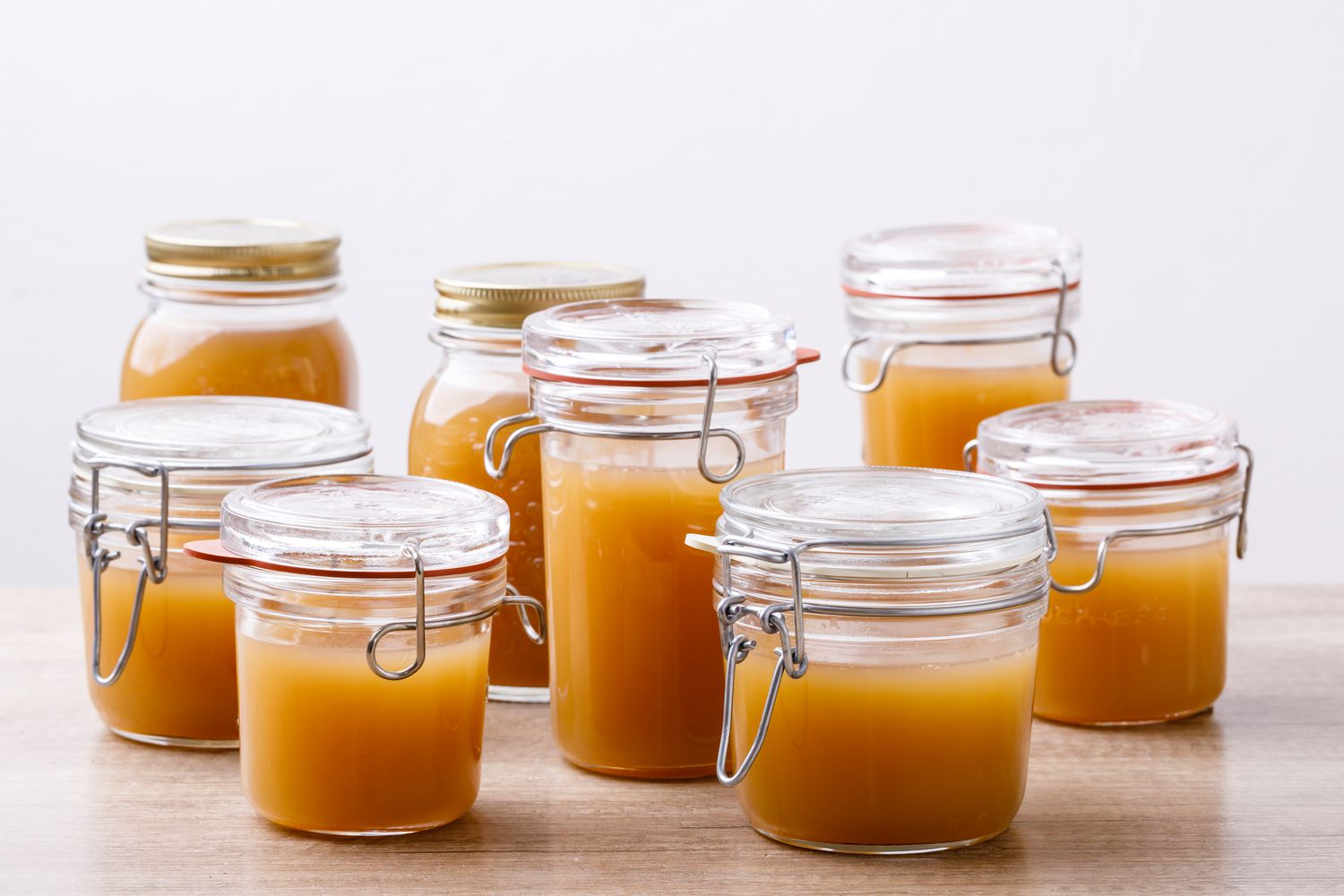
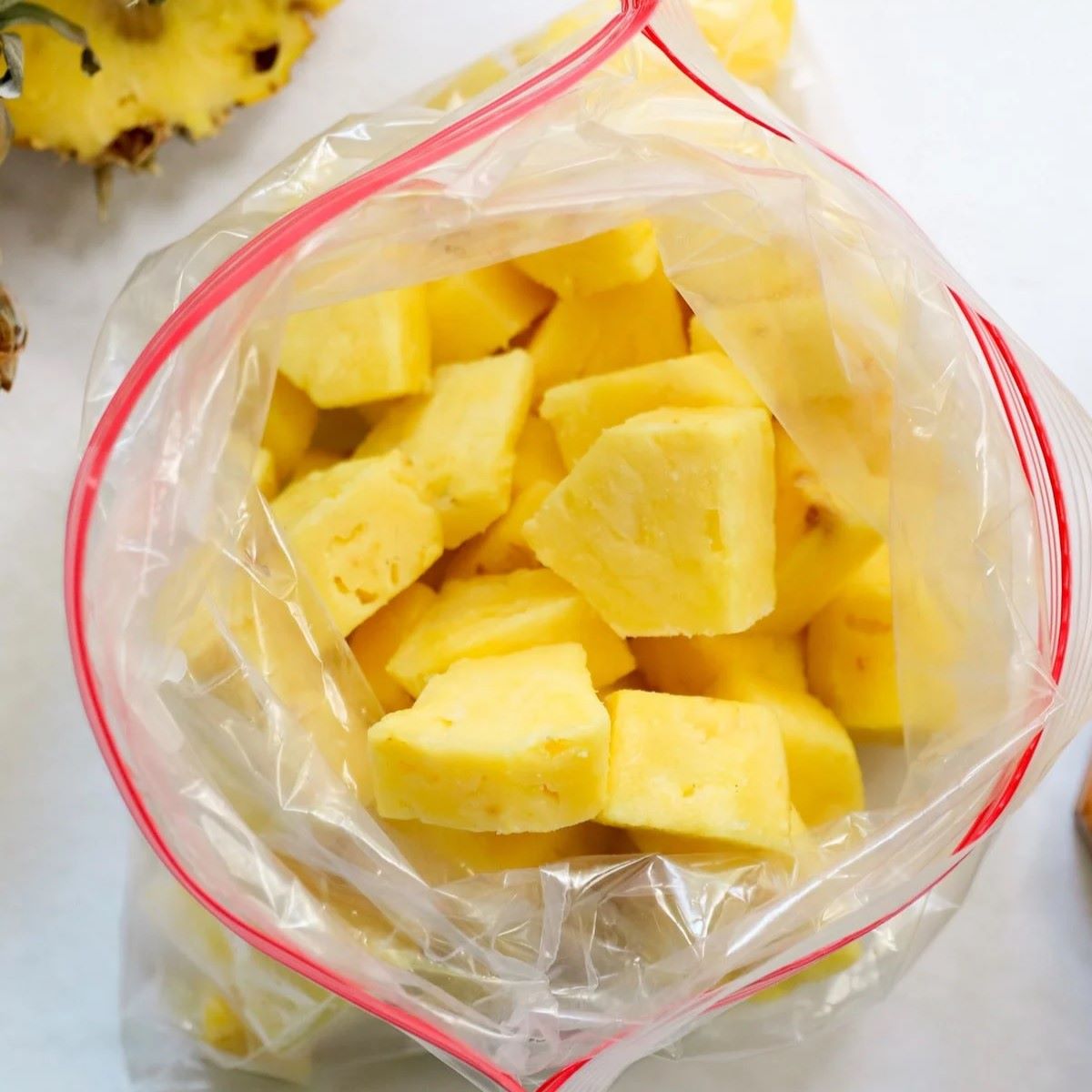

0 thoughts on “How To Store Food In Freezer”